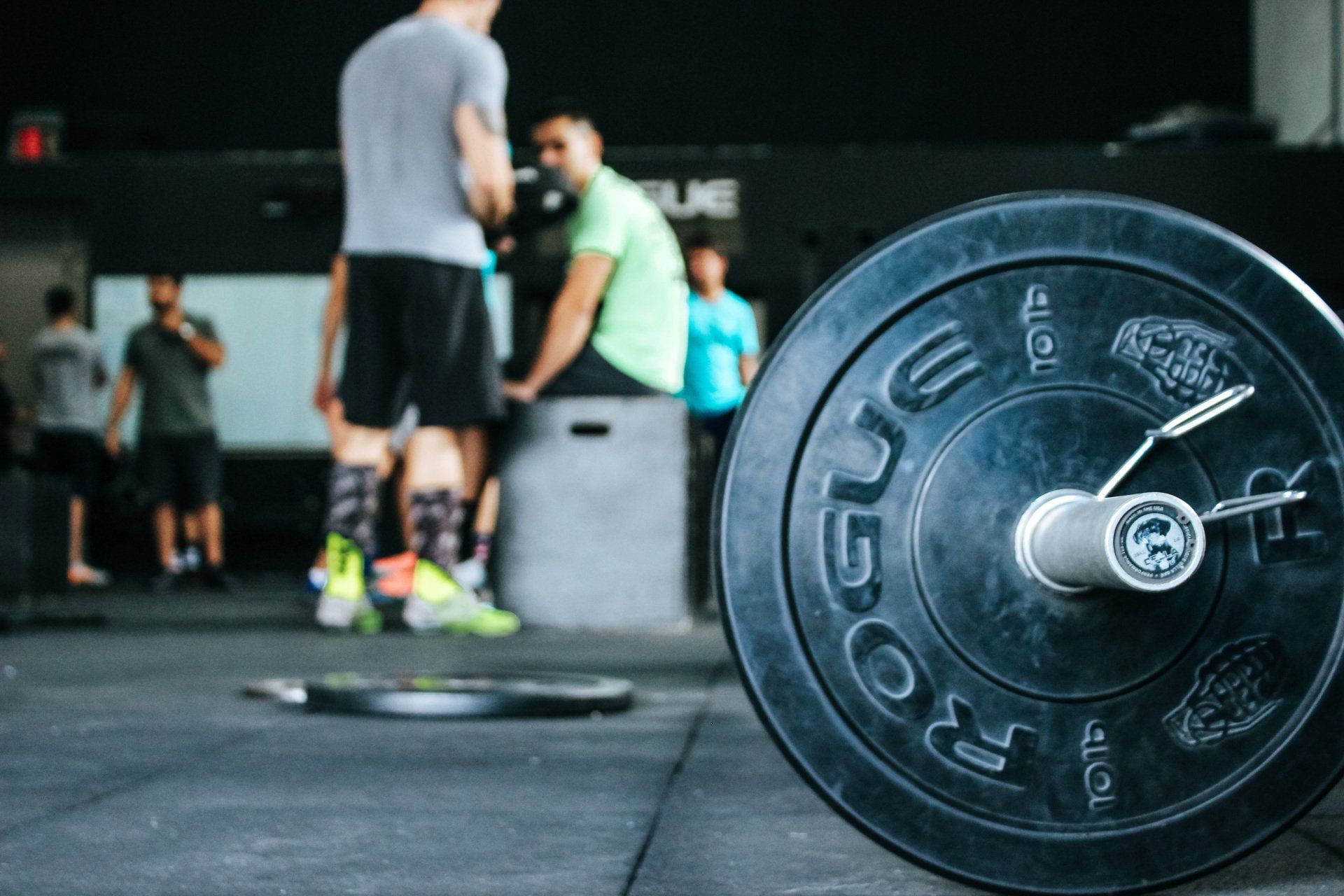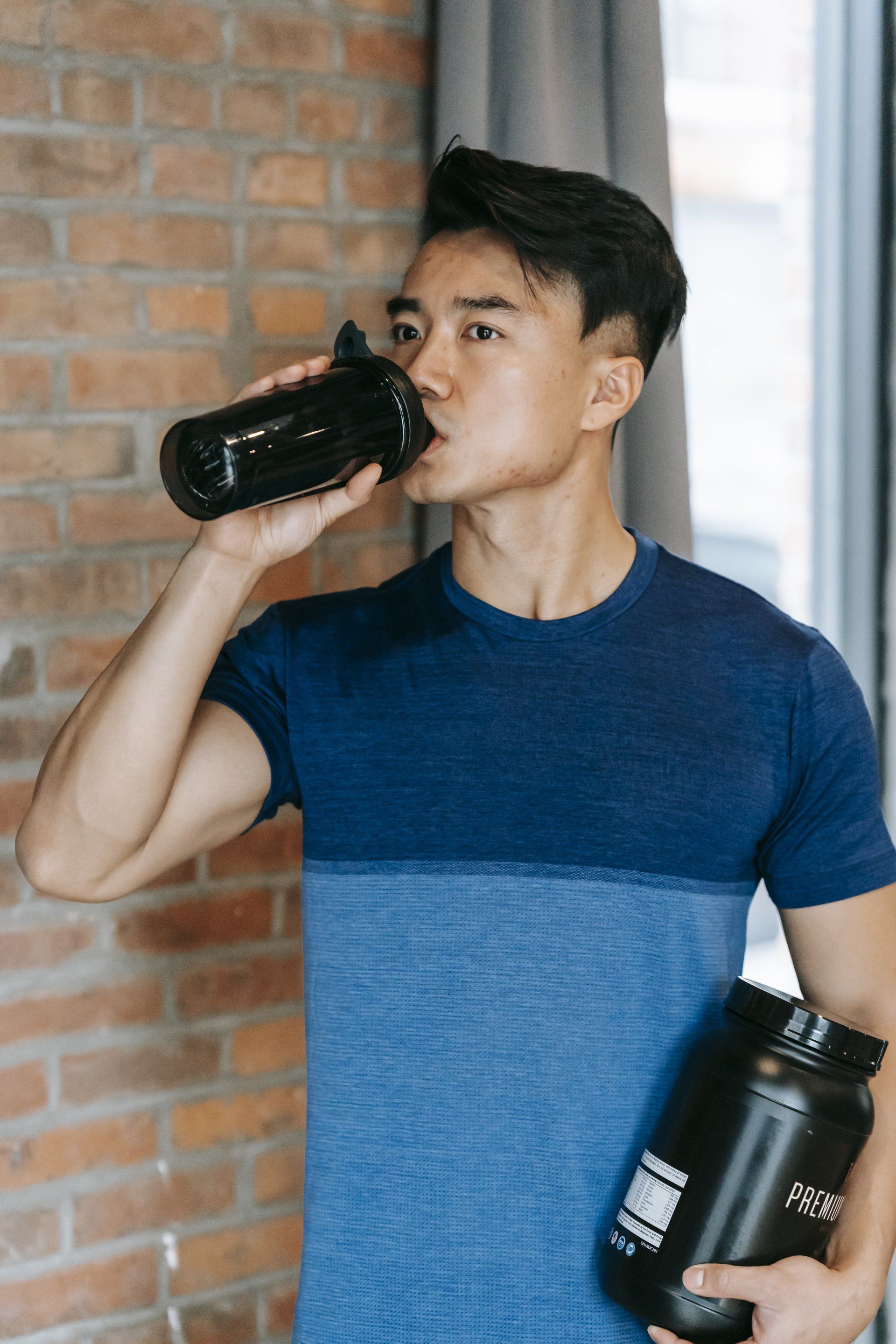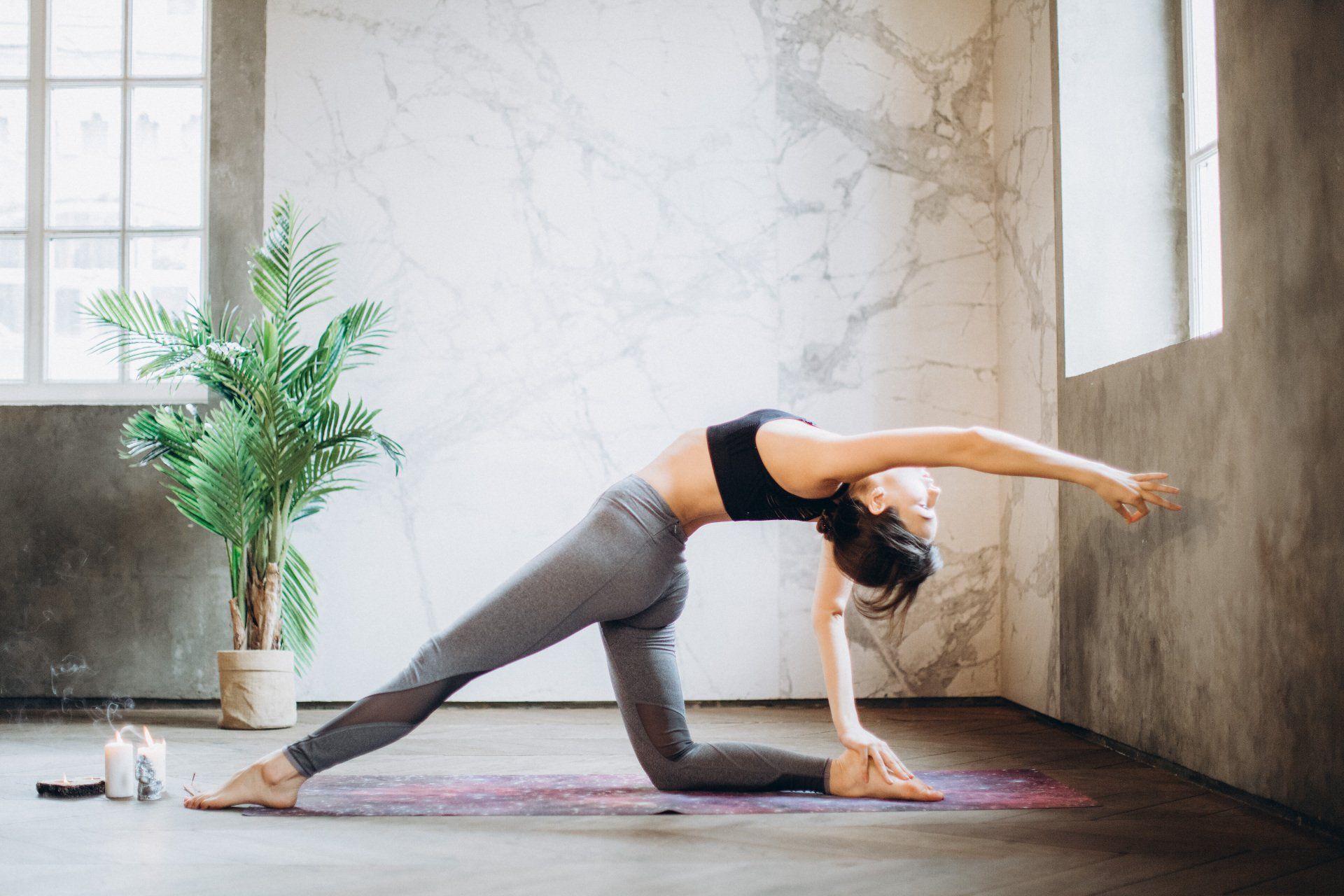Beginner Training: An Introduction
New to the workout universe huh? This guide will teach you the basics of fitness, and provide a starting point for your training journey. Or at the very least give you something to read for the next 5 mins.

You've probably seen those crazy Crossfit people on social media, straining and sweating through impossible workouts.
You might have even thought to yourself, "How do they do that? I could never do something like that. Is that what I really need to be in shape? Impossible!"
But you don't have to be a Crossfit hobbyist or pro to reap the benefits of strength training.
In fact, beginner training is a simple and effective way to start improving your health and fitness levels.
This guide will introduce you to the basics of beginner training so that you can start getting in shape today, without the added guesswork.
And so, are you ready to learn? Let's get started!
Setting Realistic Goals
You've just joined a gym, or maybe you're thinking about joining one. You're new to this whole working out thing, and you want to set some goals.
But where do you start?
Well, it's important to set realistic goals as a beginner, and the goals should be oriented towards building base levels of strength, endurance, and learning the proper exercise form on the main exercises.
This may seem like a lot to take in at first, but don't worry - fitness training is not about setting the goals of "getting abs" or "big arms."
And it took me YEARS to realize that.
Again - It's all about establishing a strong base layer of physical properties and motion control.
Think of it as building the foundation of your house, and you wouldn't want your foundation built on unstable ground.
So again:
- Build some strength
- Build some endurance
- Learn proper exercise form
These are the basics that will yield way more results in the long term than just going flat-out reckless in your training as a beginner.
Compound Exercises
If you're new to the gym, the array of equipment and exercises can be daunting, but you don't need to use the machines in order to get an effective workout, especially at the beginning stages of your fitness journey.
There is a 'secret' ... Compound exercises!
Compound exercises are key for any fitness training regimen, especially for beginners.
These are exercises that involve multiple joints and muscle groups, and they provide a host of benefits.
For one, they help build functional strength, which is the type of strength that you use in everyday activities. Think; picking up groceries, putting away chores, or even spending "time with your S/O" (you know what I'm talking about.)
Additionally, compound exercises are more efficient than isolation exercises, meaning you can get more bang for your buck in terms of time and effort. This is great for those that don't have a lot of time in the gym.
In the section above, we mentioned that learning the proper exercise form for the main movements is a must for beginners.
So which are the main movements we're talking about?
Here’s a list for you:
- The Squat (Barbell, dumbbell, machine) - Targets the quadriceps primarily, but also the hamstrings, glutes, and lower back
- The Bench Press (Barbell, dumbbell, machine) - Targets the chest primarily, but also the shoulders and triceps
- The Deadlift (Barbell, dumbbell, conventional, Romanian) - Targets the hamstrings/glutes/lower back primarily, but also the forearms and trapezius
- The Overhead Press (Barbell, dumbbell, machine) - Targets the shoulders primarily, but also the triceps and upper chest
- The Pull-Up (Wide grip, narrow grip, neutral grip) - Targets primarily the back but also the biceps and forearms
- The Parallel Bar Dip - Targets the chest primarily but also the triceps and shoulders
- The Row (Barbell, dumbbell, machine) - Targets the back primarily, but also the biceps and forearms
- The Lat Pulldown - Targets the back primarily, but also the biceps and forearms, just like the row does
At the very beginning of your training process, it would be best for these exercises to be the sole focus of your workouts.
As you advance, you can (and should) include accessory exercises, such as machine and cable movements. This will continue your progression over time.
Rest Times
Nothing is more frustrating than feeling like you've hit a plateau in your weight training.
You add more weight, you up your reps, but you just can't seem to break through to the next level.
The answer, it turns out, may be as simple as taking longer breaks between sets.
That's right - in any weight training workout, rest times between sets are essential because they allow you to maintain performance and create greater overall training volume.
By taking longer breaks (up to 2.5-3 minutes,) you can keep your muscles fresh and prevent them from becoming fatigued too early in the workout, but you also risk a drop in HR (heart rate). However this is all dependent on - and only matters if, you are training a specific function (i.e. cardiovascular)
As a result, you'll be able to push yourself harder and achieve better results, but it's important to note that overexertion can and does happen more frequently in beginner fitness enthusiast. Regardless of what your training program tells you - it's important to always listen to your body.
So next time you're struggling to break through a plateau, remember that a little rest may be all you need.
Again, 2 minutes minimum between your working (high-exertion) sets.
Rest Days
Just like you wouldn't want to drive your car without taking a break now and then to refuel (or recharge for you EV Heads out there), your body also needs time to recover after working out.
During your workout (depending on what you're doing, like weightlifting or calisthenics) , you're actually breaking down your muscle tissue, and in order for it to grow back stronger, you need to give it time to rest.
This is why it's important to work out each muscle group every 72 to 96 hours. Now, can this number change as your body becomes more conditioned? Of course. But in your pupa stage those ranges are general guidelines. So suppose you trained chest Monday, it would be better if you trained it again Thursday instead of Tuesday. Same with legs. Definitely don't train legs back to back if you plan on walking.
By giving your muscles time to recover between workouts, you'll be able to build stronger, more conditioned muscles.
Time is only one part of this equation though.
During that time of 72-96 hours, you should focus on other important aspects of recovery, mainly:
1. High-quality food
2. Hydration
3. Sleep
4. Stress management
Throw in a sports massage session once a week (if possible, I know in a perfect world everyone would be able to do this), and you will be good to go, workout after workout!
Conclusion
Weightlifting is a great way to get fit and improve overall health, but it can be intimidating for beginners.
It's important to set realistic goals and pick the right exercises to start with.
Beginners should focus on mastering exercise form and nailing the rest times between sets and between workouts.
With time and patience, you will see great results from weightlifting or any exercise modality you choose. Just STICK WITH IT!
What are your thoughts? Comment Below!
Are you new to fitness but could use some Personal Coaching? Click
here to book your complimentary session with Coach Roy and get started with a new path to fitness today!










